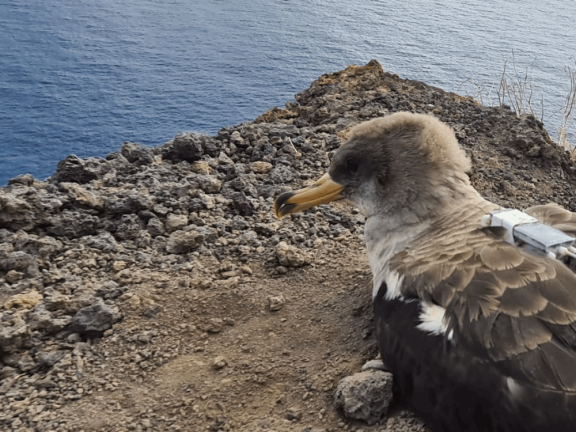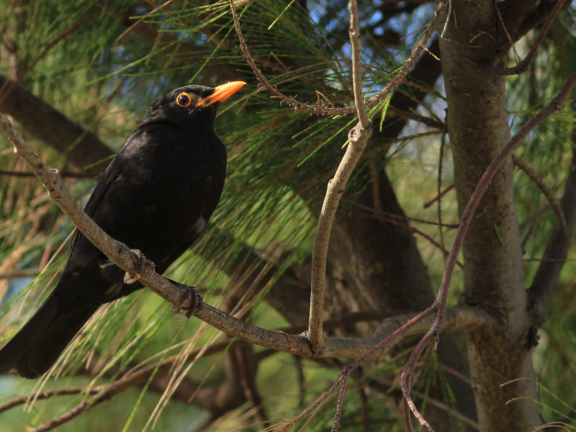The latest State of the World’s Birds 2025 report from BirdLife International reveals the situation of birds worldwide, with many species suffering significant declines. Among the greatest threats are habitat loss and degradation, climate change, and invasive species, with the latter ranking among the top three causes of population decline. The combination of these threats endangers not only individual species but also the balance of the ecosystems in which they live.
Habitat destruction remains the main threat, driven by agricultural expansion, urbanization, deforestation, and changes in land management. Many birds depend on specific habitats, such as wetlands, native forests, or coastal areas, and the loss of these spaces leads to declining populations and, in some cases, local extinction of species.
Climate change also poses a growing threat, altering migration patterns, food availability, and habitat quality. Extreme events such as droughts, storms, and floods affect bird reproduction and survival, making their conservation even more complex and urgent.
Among the most direct and immediate threats are invasive species. Introduced predators, such as rats and cats, prey on eggs, chicks, and adult birds, potentially endangering bird colonies. In the Madeira archipelago, emblematic species such as the Cory’s shearwater are particularly vulnerable to these predators, underscoring the need for concrete interventions to mitigate this threat.
The BESTLIFE2030 – STOP Predators project, coordinated by SPEA, aims to monitor the impact of invasive species on seabird colonies and implement mitigation strategies, including measures to control and eradicate introduced predators. The project involves collaboration with local authorities, fishermen, and coastal communities, raising public awareness of the importance of protecting these species and their habitats.
Although habitat loss and climate change continue to pose long-term global threats, this project aims to highlight that well-planned local actions can have a significant impact on seabird conservation. Protecting populations from invasive predators increases the resilience of colonies, ensuring the survival of species and the preservation of fragile coastal ecosystems.





